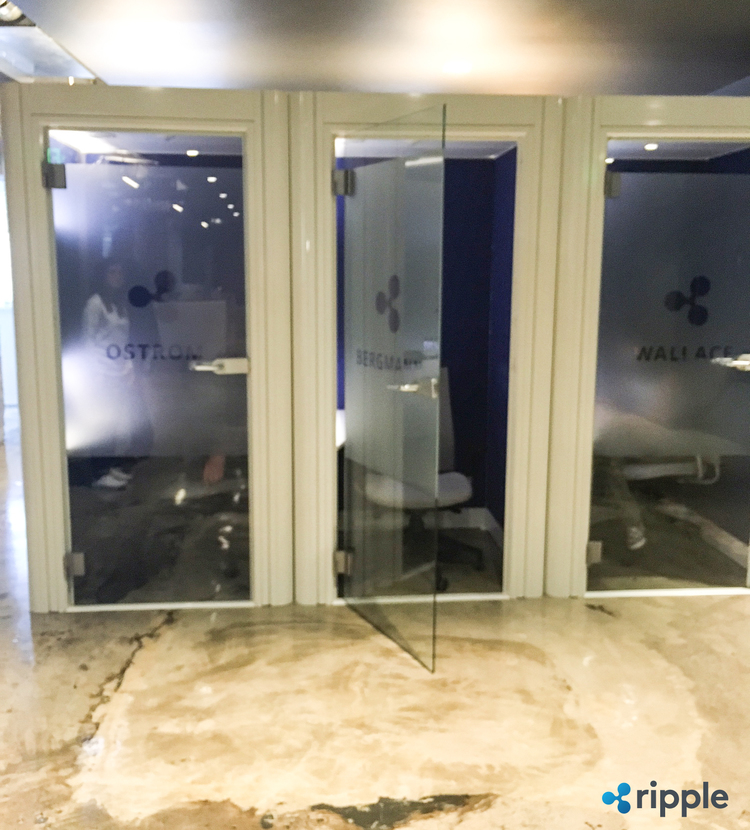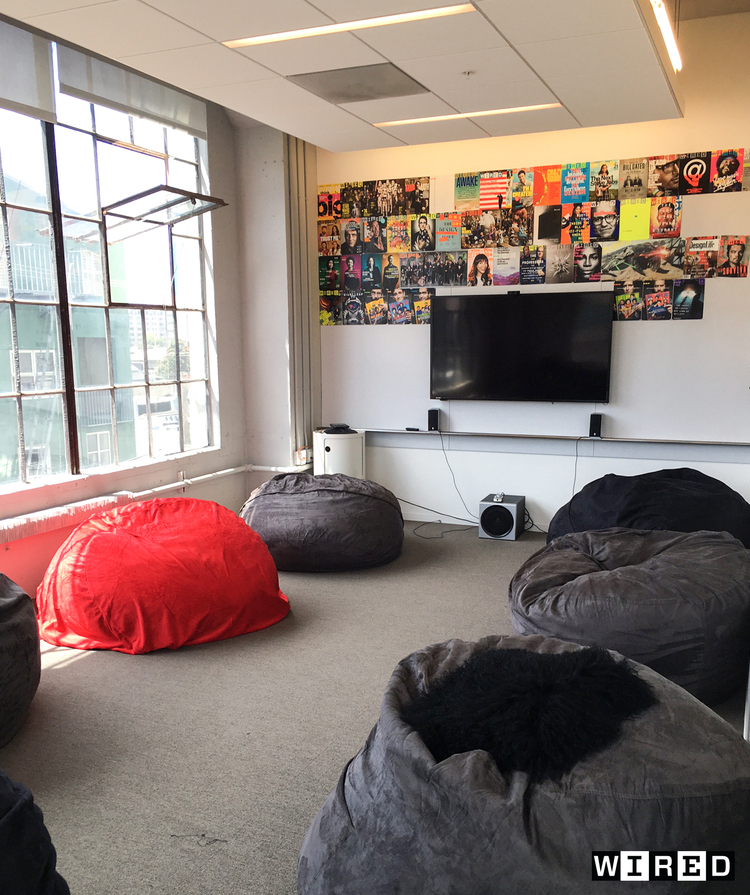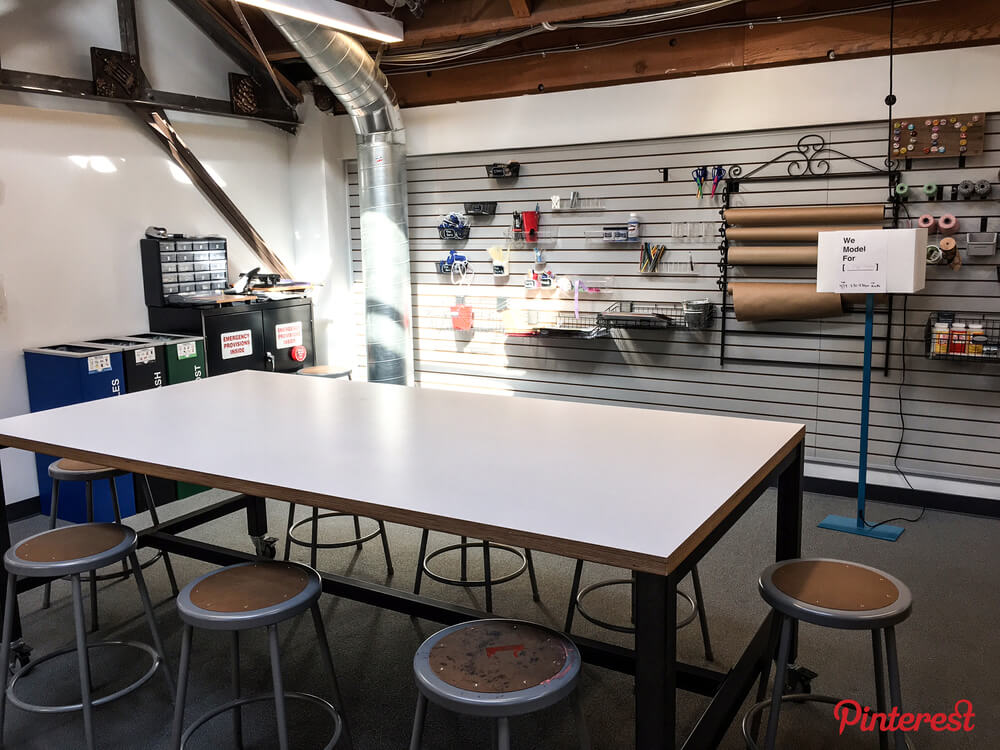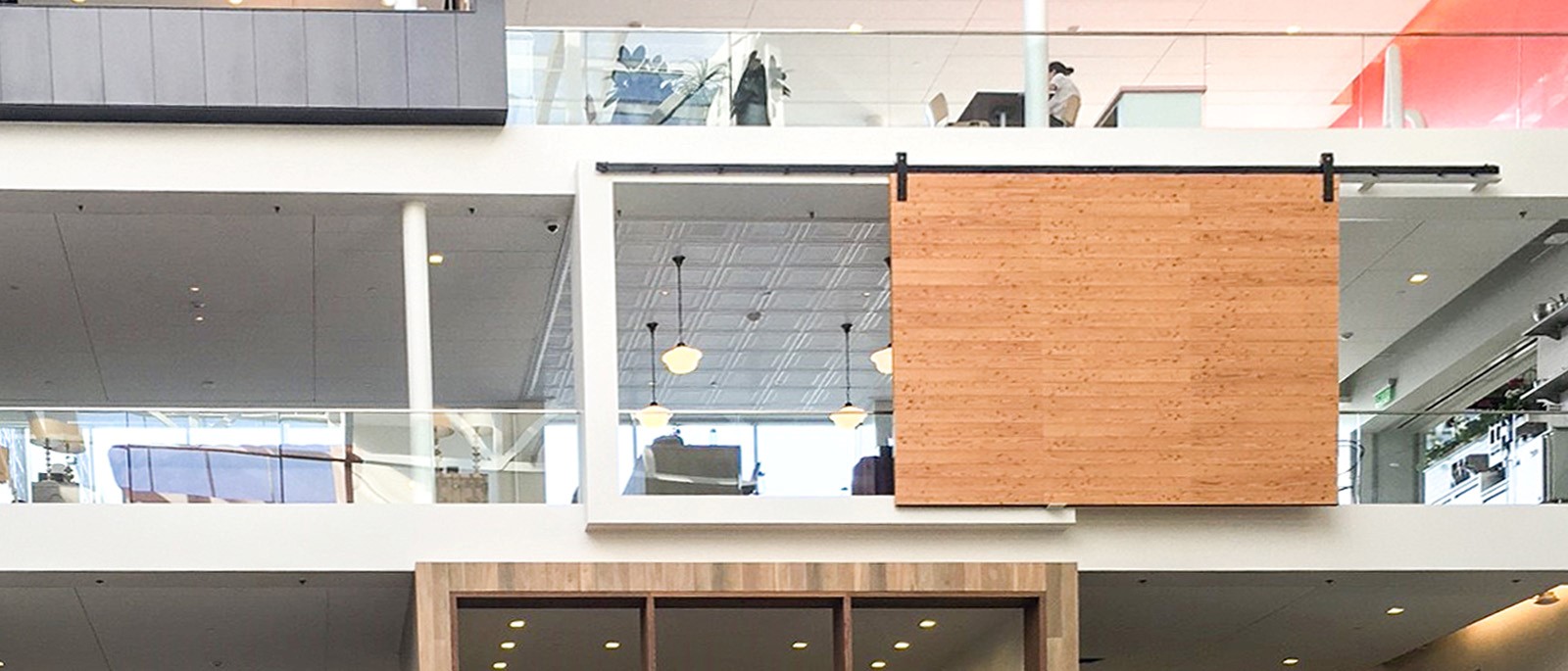From last week:
Progressive companies realize space not only reflects culture, it can change it. If one wants to understand what the future of office space looks like, it seems like a trip to San Francisco, the epicenter of the technology culture, would be a good place to start. That is why I found myself on a four-day whirlwind tour of eight technology company spaces this spring.
I visited Yelp, GitHub, Ripple, Wired, Pandora, Airbnb, LinkedIn, and Pinterest. While each space had a very different look, some distinct themes emerged.
Part II:
Although all of these tech companies are completely open plan, they acknowledge the need for quiet or confidential meeting and work areas as well as open air or undefined environments. GitHub, for example, began as a company with employees writing code in bars, coffee shops and home offices. In an effort to be true to and reflective of that culture, they designed their space to provide a variety of environments to accommodate different personal work styles. Their space features two full bar areas, a library, a “speakeasy” accessed through a hidden door in the library (which the employees told me is the most-used conference room at GitHub), coder caves and some simpler conference rooms.

Github’s Speakeasy

Airbnb’s San Francisco Living Room
Airbnb translated their most popular listings around the globe into actual meeting rooms and communal spaces. There are tents, Japanese tea rooms, Parisian kitchens, San Francisco living rooms… even an Airstream trailer. The space also features a movie theater-inspired boardroom with theater seating (rather than a boardroom table) in keeping with their non-hierarchical culture.

Airbnb’s Parisian Kitchen

Airbnb’s Japanese Tea room
Ripple has medium and large conference rooms with glass walls for transparency, all named after famous economists. Similarly, they have “phone booths” with glass walls named after female economists.

Ripple’s Phone Booths
LinkedIn has conference rooms of various sizes sprinkled throughout their floors, given quirky names after themes such as the Pillow Room seen here. Many feature teleconference technology.

LinkedIN’s Pillow Room
Wired has open and closed conference spaces. For instance, the slime room has two walls but is open to the hallways on either side. The entrance to Wired’s space features a very large open area with huge reconfigurable sectionals as well as large glass walled offices with Nana-walls that can collapse when the magazine hosts large events. Their library is a sacred “quiet zone” where all know that noise is not welcome. The beanbag room, on the other hand, features a video game console and is rarely quiet.

Wired’s Bean Bag Room
Pinterest has large open spaces with comfy sectionals as well as conference rooms with curtains so that employees can choose the workspace most conducive to their tasks. They even have a Quiet Room with bunk beds in case you just can’t face your task without a nap! There is a crafting area as well as this is Pinterest.

Pinterest’s Conference Room

Pinterest’s Quiet Room

